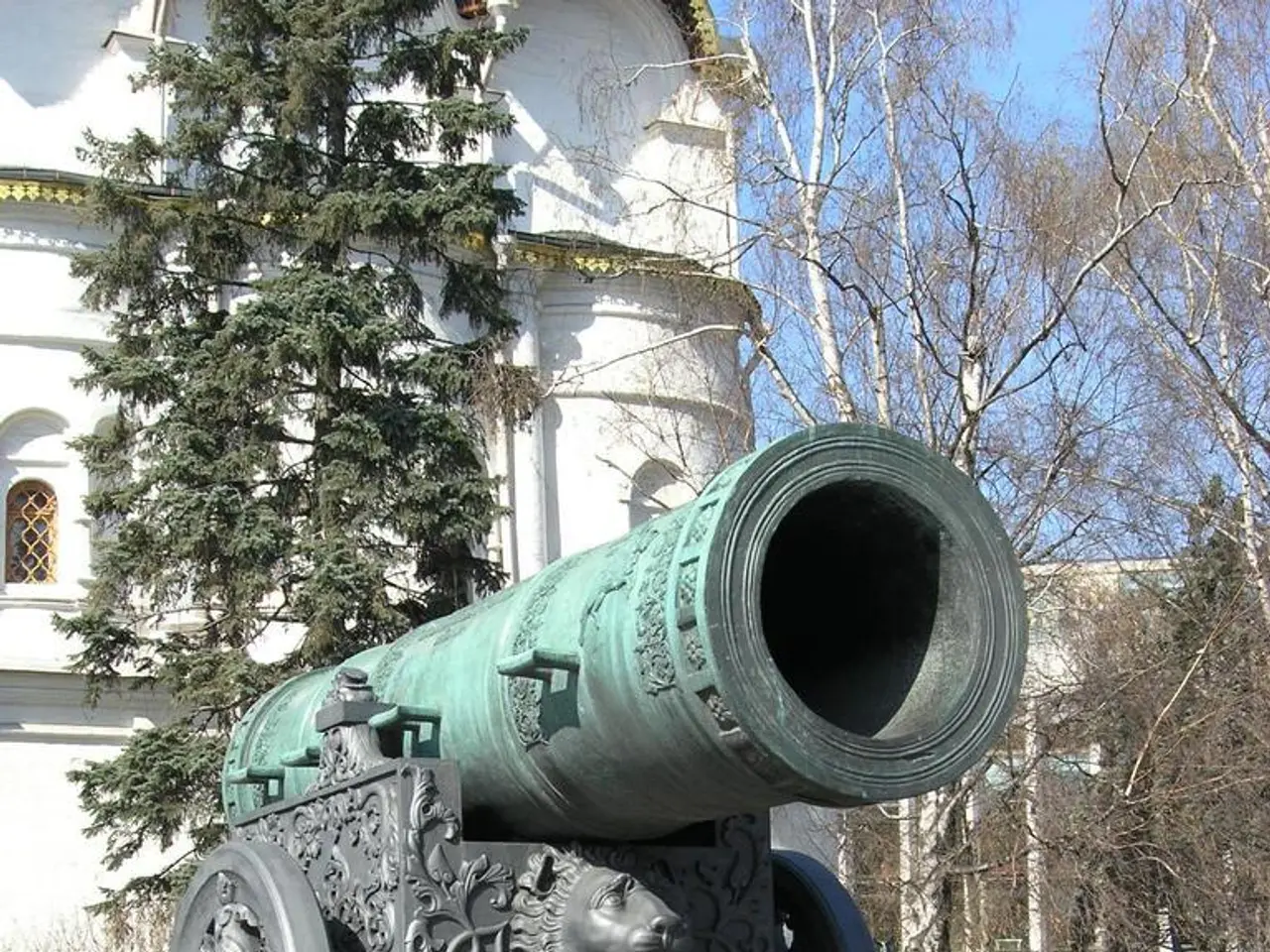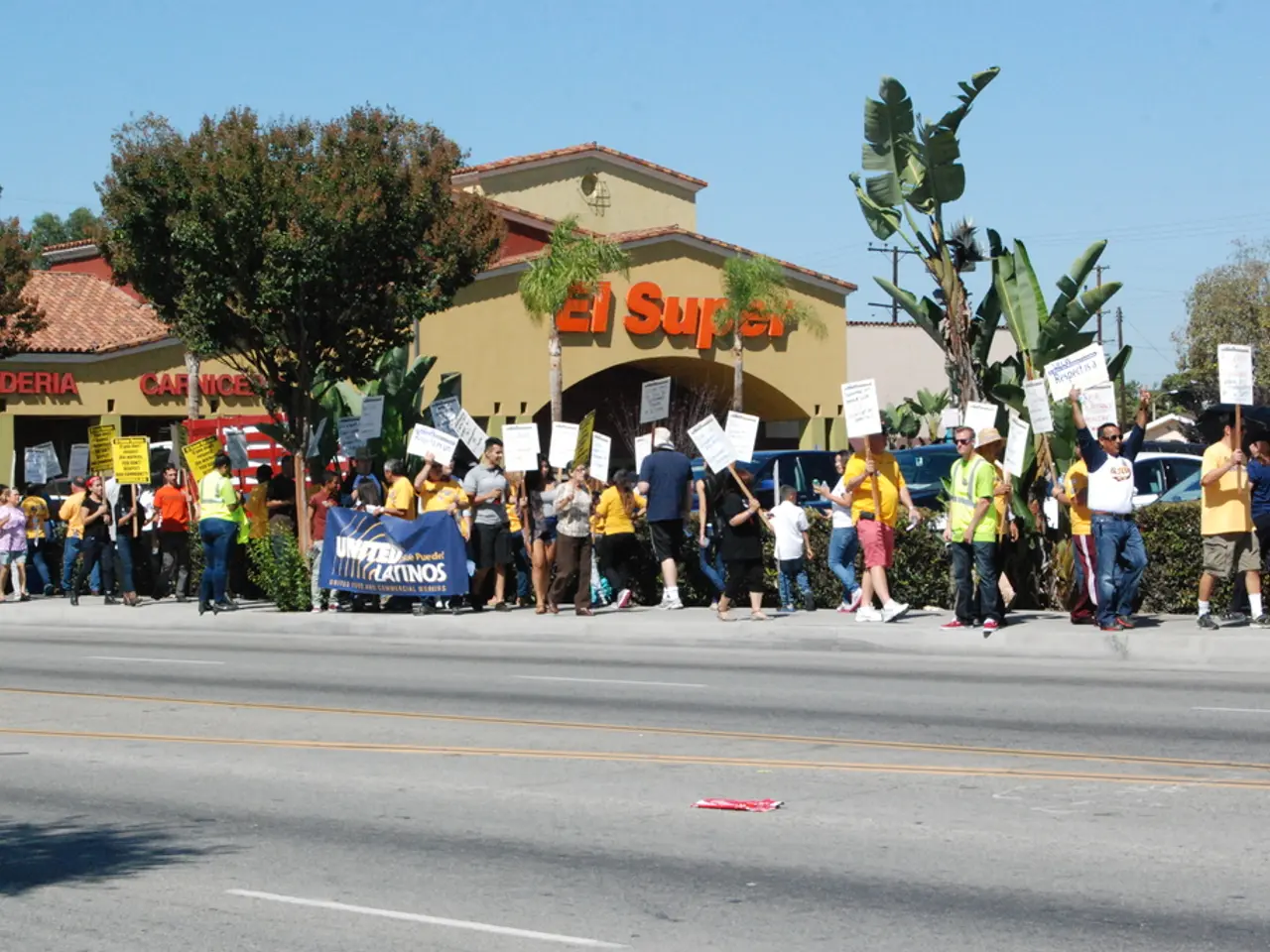Majority of areas experienced decrease in number of citizens participating in elections
Russia Sees Mixed Voter Trends, With Overall Decrease Over Six Months
New data published by the Central Election Commission (CEC) on August 4, 2025, reveals a mixed picture of voter trends in Russia. While some regions experienced an increase in eligible voters, the total number of voters in the country decreased by nearly 125,000 from January 1 to July 1, 2025.
In a positive development, the number of eligible voters in St. Petersburg increased by nearly 72,000, and significant growth was also observed in the Moscow region, up by 21,000. Similar, albeit less significant, increases were recorded in the Krasnodar Krai. Tuva and Chechnya also experienced an increase in the number of eligible voters. Kabardino-Balkaria also recorded an increase in voters.
However, the CEC reported a noticeable decrease in voters in the Kemerovo, Sverdlovsk, and Nizhny Novgorod regions. The Luhansk People's Republic, Kherson, and Rostov regions experienced the most significant decreases in voter numbers, down by 27,000, 26,500, and 15,000 respectively. Sixty-seven out of 89 regions in Russia saw a decrease in the total number of voters.
The number of voters abroad slightly increased from 1.78 million to 1.79 million. The January data was used for the delimitation of single-mandate districts for the 2026 State Duma elections, but the July data will not have the same significance.
The decrease in eligible voters may be attributed to administrative updates and legal changes affecting voter eligibility. For instance, the federal law adopted on May 15, 2024, prohibited persons designated as "foreign agents" from running for office, acting as election observers, or representing candidates, leading to loss of mandates for some deputies and possibly a related reduction in registered eligible voters.
Additionally, the tightening of control over political institutions and election processes under the Kremlin’s administration may have influenced voter rolls and electoral participation. Independent election monitoring groups like Golos ceased operation, reducing transparency on voter registration and election data. The Central Election Commission also implemented increased security measures on election data, complicating public access and analysis of electoral statistics.
While the exact administrative or procedural reasons for the decline in eligible voters are not fully clear, these political and legal controls suggest a managed reduction aligned with the broader tightening of electoral oversight and the removal of certain categories of voters or candidates from participation recently enforced by law.
[1] "Russia's Election Monitoring Groups Under Pressure", The Moscow Times, 2025 [2] "Foreign Agent Law Affects Voter Eligibility in Russia", The Guardian, 2025
- Despite the rise in eligible voters in some regions such as St. Petersburg and Moscow, general-news articles indicate that Russia witnessed an overall decrease of nearly 125,000 voters over a six-month period due to political and legal changes affecting voter eligibility.
- This mixed trend in voter participation in Russia, as revealed in the Central Election Commission's data, could potentially be linked to the political landscape, including the implementation of stricter controls over election processes, closure of independent election monitoring groups, and the passing of the "foreign agent" law that affected voter eligibility.








